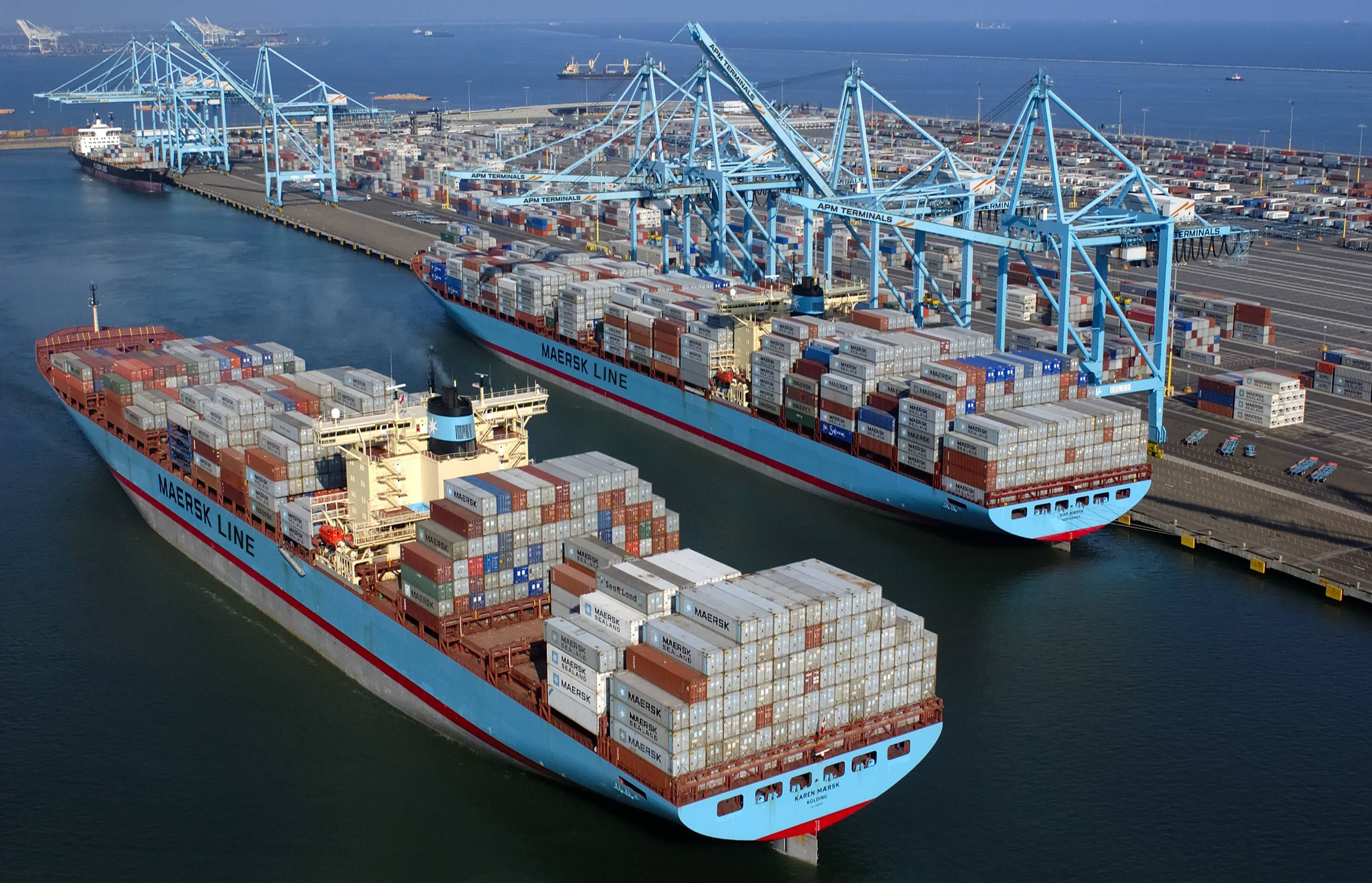U.S. Enacts Ocean Shipping Reform Act
Last month, President Biden signed into law the Ocean Shipping Reform Act of 2022 on the grounds of the need to reign in the international container shipping industry which is accused of contributing to U.S. inflation through increased freight rates. At the same time the sponsors are responding to lobbying by U.S. exporters who have been struggling to access container capacity at what they consider to be a reasonable price.
The global spending spree while people sat at home during the Covid-19 pandemic resulted in overwhelming congestion at primary container ports, most particularly in the U.S. it is well documented that the country’s largest container complex, the ports of Los Angeles & Long Beach saw more than 100 vessels waiting for berth at the peak. While such delays are significantly disruptive to supply chains, they are also of course extremely expensive and disruptive to the schedules of ocean carriers. The delays were frequently compounded by labour shortages in the U.S. and wholesale shutdowns in China as the country sought to impose a zero Covid policy on the population.
In commenting on the Act, the World Shipping Council (WSC) has made several points:
- An “us versus them” approach does not address the root causes of America’s or the global supply chain problems.
- Liner shipping is already a very closely monitored and regulated industry.
- Ocean carriers actively compete against one another in the global marketplace, including on the shipping lanes most relevant for U.S. trade.
- The Federal Maritime Commission (FMC) recently completed a two-year investigation into the international ocean supply chain finding that ocean carrier competition is ‘vigorous’ and that while ocean freight prices are high, they are “exacerbated by the pandemic, an unexpected and unprecedent surge in consumer spending particularly in the United States, and supply chain congestion, and are the product of the market forces of supply and demand.”
- The FMC also concluded that ‘Competition officials of the European Union, China, and the Federal Maritime Commission regularly discuss our ocean shipping markets and we have, to date, observed no indication that the current prices for liner shipping are a result of collusive or illegal conduct on the part of the major ocean carriers in our markets.’
- The assertion that there are only nine major ocean shipping lines that ship from Asia to the United States is untrue since there are an additional thirteen ocean liner companies that operated over 30% of the sailings from Asia to the U.S
- Transpacific is a highly contestable market.
The inconvenient truths shared by the WSC are likely to fall on deaf ears, however, it is true that after many years of struggling with little or no return on investment due to overcapacity in the major freight lanes, the ocean carriers have been making record profits for the past two years. That said, in 2021 alone, 561 container ships were ordered at a cost of more than $40 billion and the trend has continued into 2022. This is important to a country that is so heavily reliant on overseas-based container lines and the WSC is therefore encouraging the U.S. to make similar investments in ports and landside supply chain logistics.
Unfortunately, this is not the approach being taken. Further proposed additional legislation “the American PortAccess Privileges Act” would, if passed by Congress, provide U.S. merchant and military ships with the ability to bypass port congestion through priority access to U.S. ports. Those promoting the legislation believe this would solve the problem of capacity access for U.S. exporters and it would therefore seem that there is no understanding of the minor role played by U.S. shipping companies in carrying U.S. exports beyond protected Jones Act trade lanes.
In fairness, the legislation does propose a secondary berthing preference for vessels serving multiple U.S. ports (which most do) or with significant bookings of U.S. exports. Quite how any of this would be administered in practice is open to speculation and for sure will not go down well with U.S. ports or terminal operators.
Meanwhile, some U.S. exporters have taken matters into their own hands. The Arkansas based transportation and logistics company J.B. Hunt has chartered two small multipurpose container ships from Singapore-based Swire Shipping to run a direct service between China and the U.S. west coast. In announcing the service, J.B. Hunt predicted that the new service “will help customers alleviate supply chain challenges by streamlining the ocean transport and transloading process”.

Courtesy CMA CGM – President Macron and Rodolphe Saadé
In Europe, the French Government has also weighed into the anti-inflationary push with a request to CMA CGM to reduce shipping costs into France and French overseas territories. Despite the close relationship between President Macron and Rodolphe Saadé the Chairman of CMA CGM, the political pressure to be proactive in reducing consumer costs seems to trump other considerations. Whether a proposed reduction of 10% in freight costs will be passed along to the consumer remains to be seen but it does beg the question as to whether there is a full appreciation of the cost for the leadership role of CMA CGM in world shipping in addressing climate change with significant investments in modern LNG fueled eco-friendly vessels.
Across the globe, there continues to be a lack of understanding at the government level of the role played by shipping in keeping the economic wheels turning. The current inability to export grain from Ukraine and the unrealistic ideas on how to overcome this are but one topical example. The 2021 example was of course the container ship Ever Given blocking the Suez Canal for six days. We must therefore redouble efforts to influence those in power in the hope of objective engagement rather than deflection of the tough decisions they need to be making.

